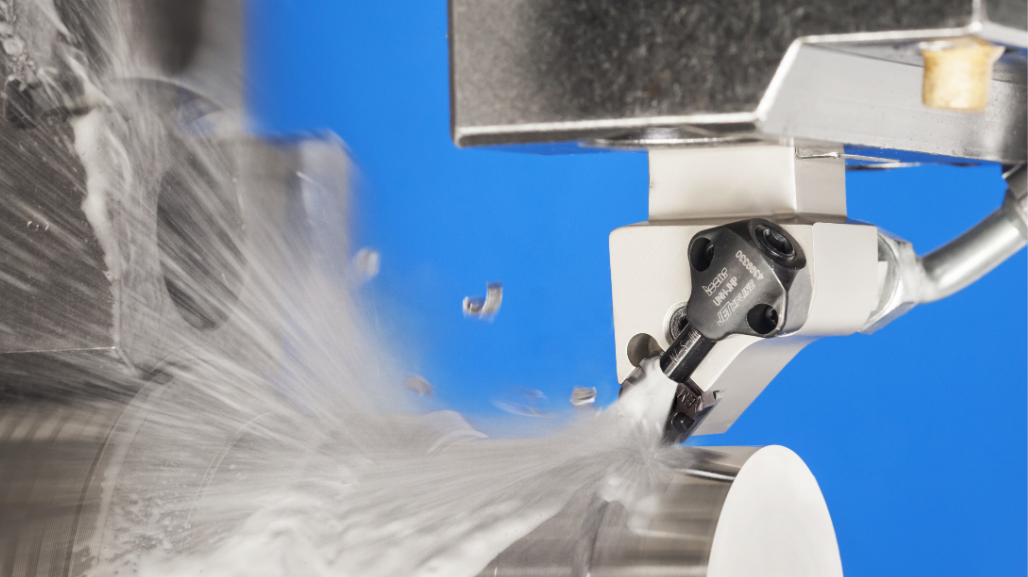
Customer Questions: Repair Pipe Holes with Putty or Patches
New PIG offers two solutions for patching a hole in your drain trap.
Discover expert insights, industry trends, how-tos, and product tips to boost efficiency, cut costs, and improve operations - all in one place.












